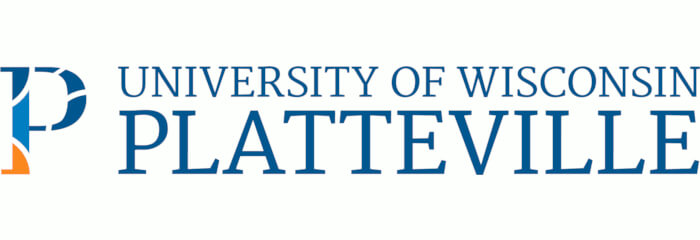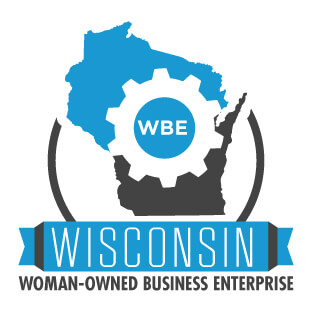“At the end of the day we are accountable to ourselves-our success is a result of what we do.” Catherine Pulsifer
There is a lot of information these days about how to measure the impact of a training program, including Kirkpatrick’s model, return on investment and return on expectations. All of this is well and good. But they all depend on the learners’ commitment to using what has been learned- and changing their behavior for better performance. Other than getting the learners’ supervisors to reinforce and monitor the application of new learning, there is little advice regarding how to instill in the learners themselves a commitment to change.
I’ve written about the Peer Learning Group model that involves two 90-minute sessions a month apart, during which intersession the managers are expected to practice what they learned during the first session. Rather than leaving this practice time up to the vagaries of fate, we have developed a method to encourage and ensure application of new learning.
Learning reinforcement comes from five sources: (1) the manager’s own desire to build competence in the specific management area; (2) peer pressure from the members of the group; (3) the peer witness who meets weekly with the manager to discuss progress; (4) microlearning tips sent every week to keep the manager on focus; and (5) the manager’s supervisor, who can meet with the manager to discuss progress at different points during the practice session and can monitor the manager’s subsequent performance.
My Learning Journey is a personal learning log that each manager completes. Before the first session, the manager is asked: “On a scale of 1-10, how do you feel about your competence in the selected management area?” and ”Where would you like your level of competence to be in the next few weeks or months?”
At the end of the first session, the manager is asked to identify a personal learning goal to be achieved through participation in the peer learning group and to explain the actions s/he will take to accomplish the goal. The manager also selects a peer (from the group or someone else) who will be the manager’s witness for his or her learning efforts and with whom the manager will meet once a week to discuss what s/he has done/learned.
During the period of experimentation between Sessions 1 and 2, on a weekly basis the manager identifies what s/he has done in relation to the goal/practice and affirms that the peer check-in has taken place at the end of each week.
Before the second session, the manager is asked to reflect on what happened during the experimentation phase and what s/he learned from it.
At the end of the second session, the manager makes a 3-sentence declaration on what s/he got out of the program and how it changed his or her behavior as it relates to the topic of discussion. The manager then conducts a final self-assessment: “How do you rate your competence now in the selected management area on a scale of 1-10?” and identifies how s/he will continue to develop skill in the management area.
I firmly believe that learning journals that follow this approach can be adapted to any type of training, whether it be traditional, accelerated learning, elearning or peer learning. It helps to have their supervisors involved, but ultimately, it rests on the learners themselves as to whether or not they will apply what they have learned.
How do you reinforce learners’ commitment to change?
May your learning be sweet.
Deborah





